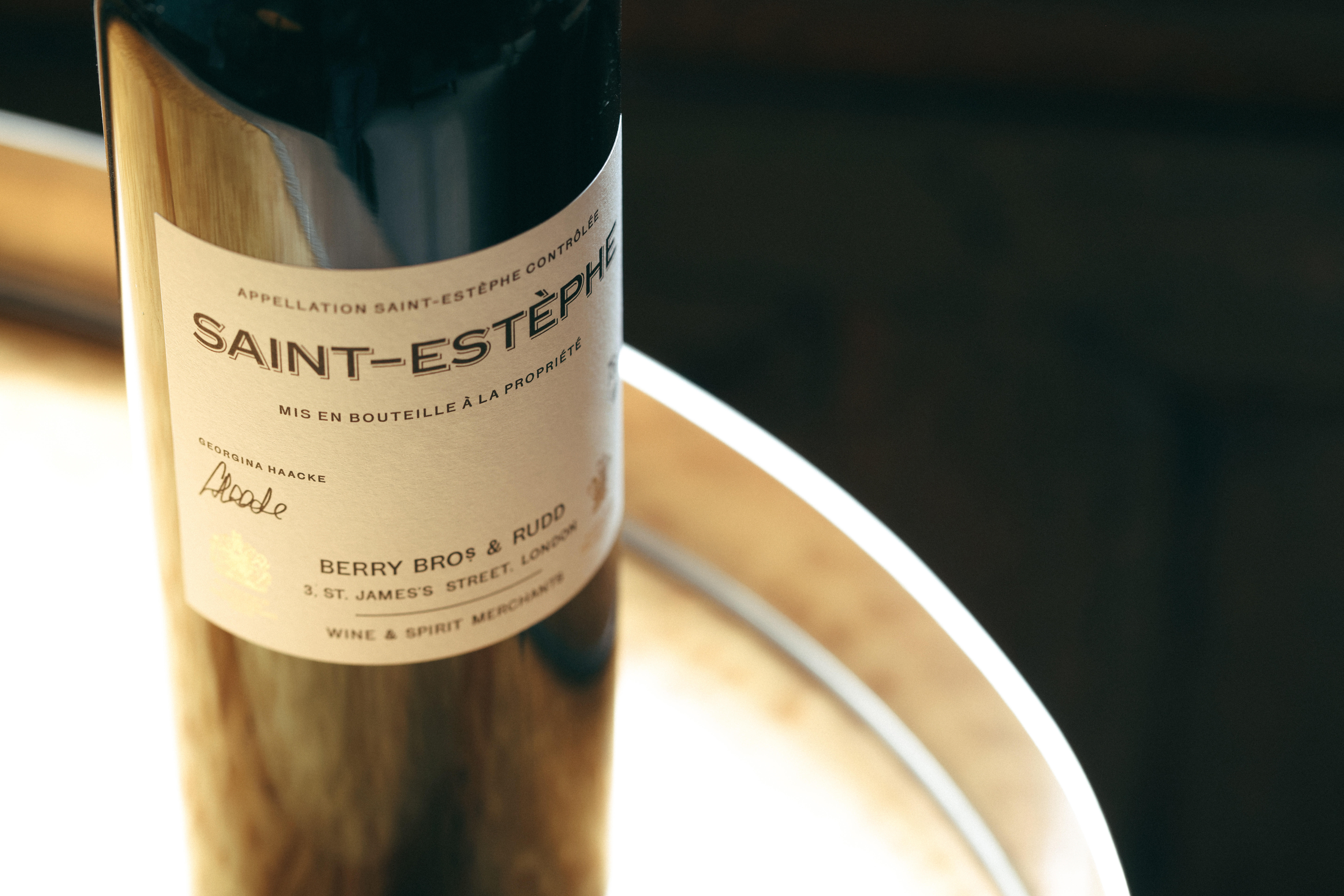Spotlight on our new St Estèphe
Author: Georgina Haacke

Our new Own Selection St Estèphe comes from Château de Pez – a historic winery with a fast-growing reputation. Here, Bordeaux Buyer Georgina Haacke tells us more.
What is it?
Our 2020 St Estèphe is a new addition to our Own Selection. It has been made for us by Château de Pez, a property of increasing renown.
Tell us about Château de Pez.
Château de Pez is a 42-hectare property perched in the north-west of St Estèphe, the most northerly of the Médoc’s four famous communes. The château takes its name from the nearest hamlet, though you’ll see the name “Pez”, which means “peace” in old local dialect, repeated throughout the St Estèphe appellation. (The Cazes family of Château Lynch-Bages also own Château Ormes de Pez, for example.) The estate sits on a plateau, relatively high for the Médoc, on well-drained gravel soils interspersed with clay and limestone subsoils.
The estate can trace its history back to 1452, ranking it among the older of Bordeaux’s châteaux. It lay somewhat in the shadows, however, until 1995, when it was purchased by Champagne Louis Roederer. Recognising its potential, the new owners got to work, rejuvenating the vineyard on a plot-by-plot basis, ensuring that the vines are well matched to the soil types. This laid the foundations for the château’s terroir approach to winemaking.
The talented Nicolas Glumineau joined the Louis Roederer team in 2012. He took over management and winemaking responsibilities here as well as at the prestigious Pauillac estate Château Pichon Longueville Comtesse de Lalande (often called Château Pichon Comtesse, not to be confused with its neighbour Château Pichon Baron). Nicolas continues to manage, vinify and taste each of Pez’s 70 vineyard plots in isolation. He believes wholeheartedly in the importance of terroir, and that a truly great wine starts in the vineyard.
What does the wine taste like?
There is lovely power to this wine. It has great succulence, with plenty of plump primary fruits. But there is also a firm backbone of tannins that marks it out as a St Estèphe. The wines of St Estèphe have sometimes been known for their austerity, due in part to the appellation’s cooler climate; being located more northerly than St Julien or Margaux, it is more prone to Atlantic influences.
There is nothing austere about this wine, however. It most certainly has structure and dark, brooding fruits with a smoky edge, but there is also freshness and balance. This makes it a delight to drink now, four years after the vintage, but you could also cellar this for five or even 10 more years.
What should I eat with it?
Our new St Estèphe is a wonderful food wine. It would pair well with most red-meat dishes, or really anything that’s hearty and savoury. Try it with a winter stew or a porcini and wild mushroom lasagne.
How should I serve it?
If timing permits, I’d open this an hour or so before serving. If that’s not possible, a quick decant would also work – just enough to aerate the wine and allow the fruit flavours to fully express themselves.
You can buy our 2020 St Estèphe here.


